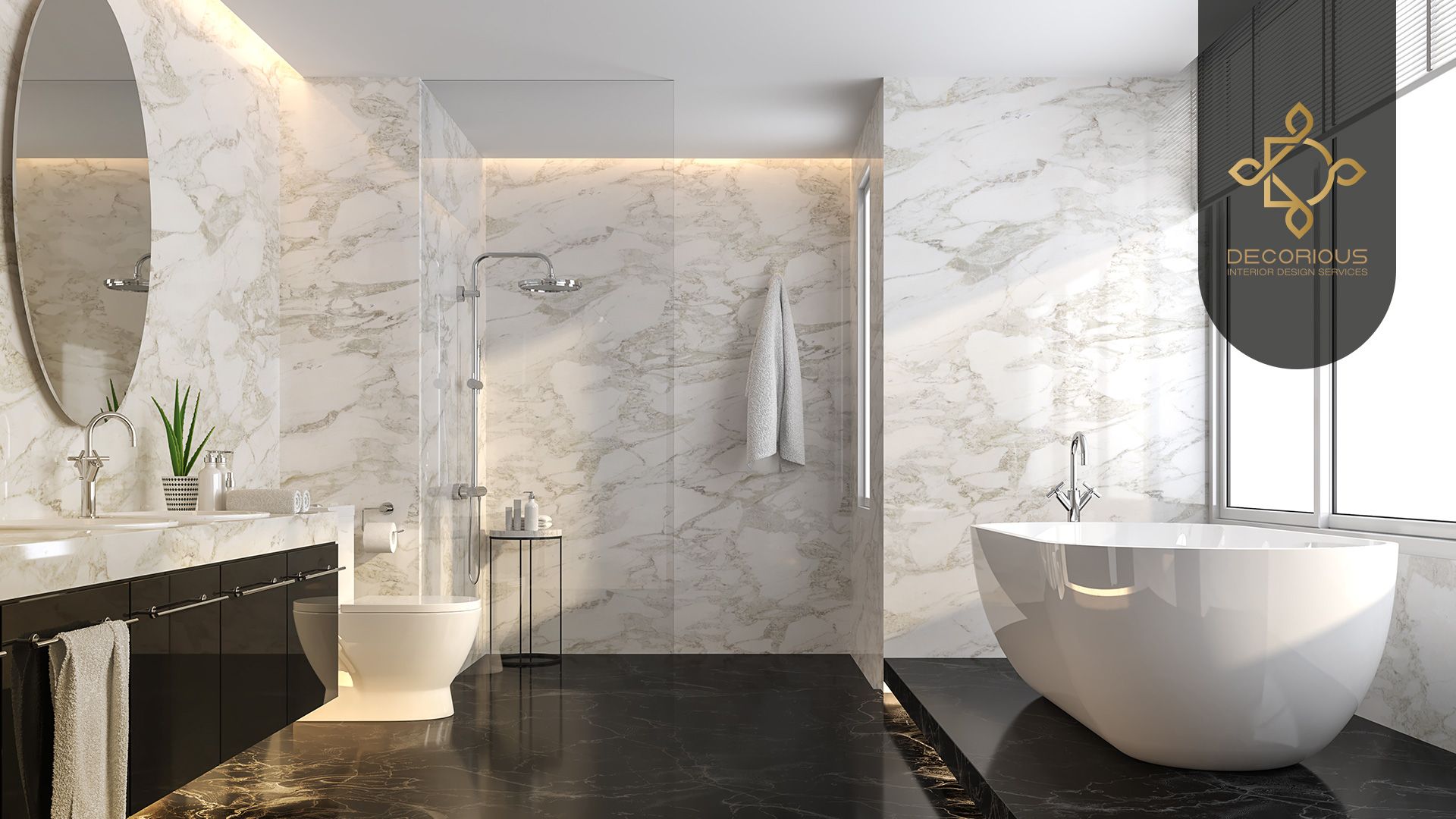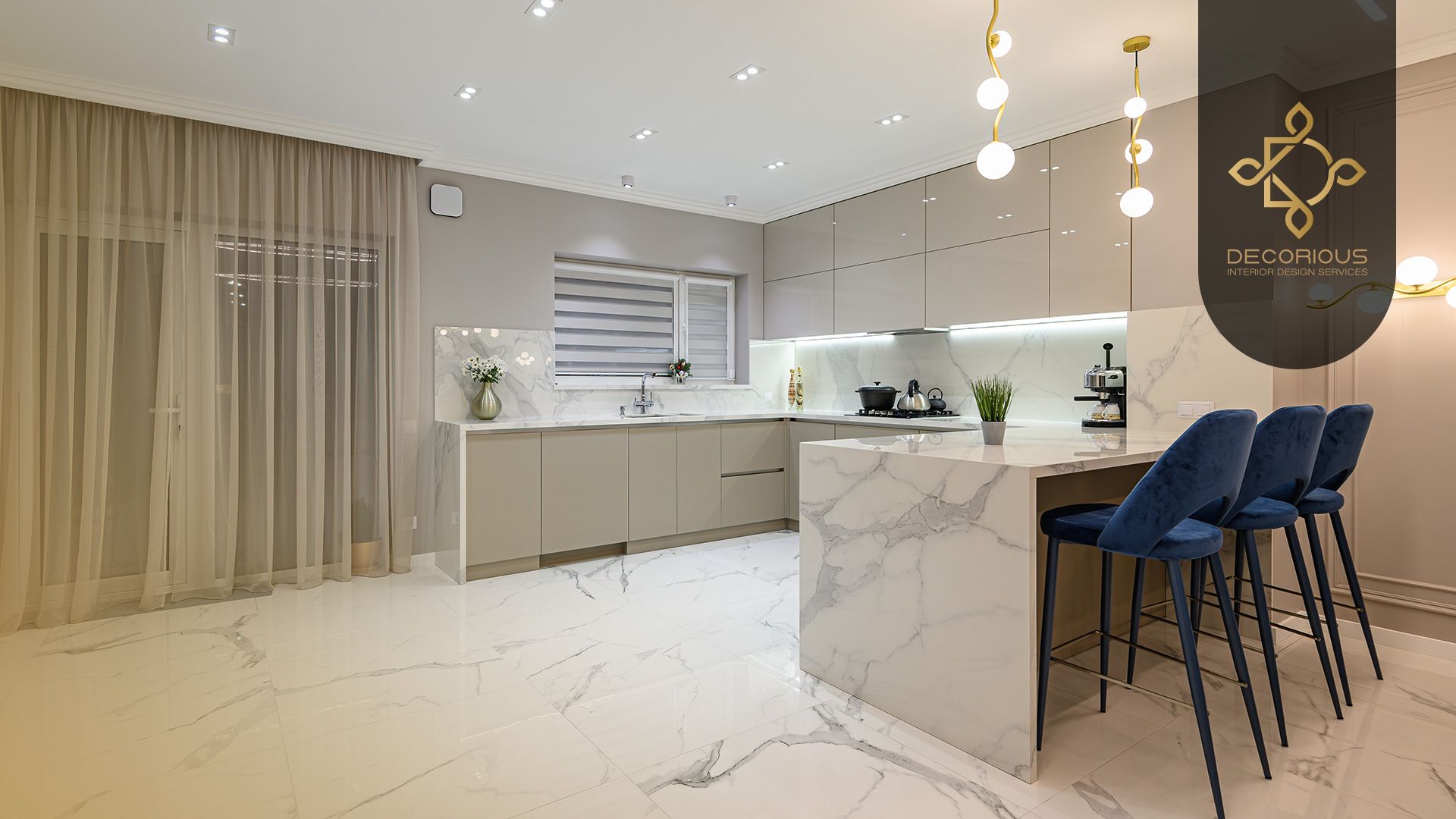
When it comes to a fantastic bathroom interior design, Tiles hold immense importance just as vanity and shower fixtures do.
You can't beat ceramic or stone tile for longevity and appearance, whether you're replacing an old shabby bathroom flooring tile or installing a new one.
When installed correctly, it's a virtually maintenance-free floor tiling that lasts for years. You can also choose from a wide range of colors and textures.
Interior Design for Bathroom Tiles—Planning and Preparation
Begin by reading DIY blogs regarding bathroom interior design (such as this one) and watching instructional YouTube videos.
Then take it a step further by reading the manufacturer's thorough instructions!
Many consumers overlook this simple step since the manufacturer's instructions can be tedious to read or contain terminology that they are unfamiliar with!
You can relax, though, because you're getting expert assistance.
Examine The Surface Thoroughly for Bathroom Interior Design
A strong base — a floor that flexes very little when you walk across it — is critical to the success of any tile project.
This isn't an issue if you have a concrete subfloor. As long as the current vinyl is well adhered to, you can put tile directly over it.
You don't need to remove the cabinet or shower/bathtub if you're only tiling your bathroom and making no other alterations; you can tile right up to the edge.
Bathroom Tile Installation Tips
If you're doing a whole remodel for bathroom interior design, you might want to tile under the cabinet so you can make modifications later without having to retile.
Tip: Tile should always be installed before the toilet.
Check the use-by date on any tile adhesive or grout that was leftover from the previous project and replace it if necessary. As some adhesives and grouts dry quickly, keep this in mind when calculating how much to mix.
Natural stone tiles, such as limestone, marble, and slate, typically require sealing, although most ceramic and glazed porcelain tiles do not.
Sealing is normally done after the tiles have been laid but before the grout has been applied.
Always read the tile manufacturer's instructions to discover if your tiles need to be sealed, when this should be done, and what sealer to use.
If you're creating a new space for bathroom interior design, tile the floor first, then install the toilet, sink pedestal, and bath (if it's a freestanding design) on top of the tiles.
Safety Measures When It Comes to Dubai Bathroom Design
Check the areas where you plan to drill for concealed pipes and cables with a pipe and cable detector.
When cutting tiles, use safety goggles and gloves, and sweep up any tile fragments.
When combining a powder adhesive, wear a dust mask and safety glasses.
Knee pads are recommended but not required because there will be a lot of kneeling.
Aftercare for Washroom Design
Using a grout protection spray will help to extend the life of your tiles while also making cleaning the grout easier. Follow the product's manufacturer's directions.
Only use cleaning materials that are appropriate for the tile's substance, as using the wrong product could result in lasting damage.
Is It a Good Idea to Hire Bathroom Design Companies?
Tile installation to enhance your bathroom interior design is a fantastic DIY project that can completely change a space.
However, it is a daunting time-consuming task that requires expert bathroom interior design skills. That’s where professional interior design companies come.
Got some remodeling ideas in mind? Let our experts help you transform your old spaces to brand new ones.








